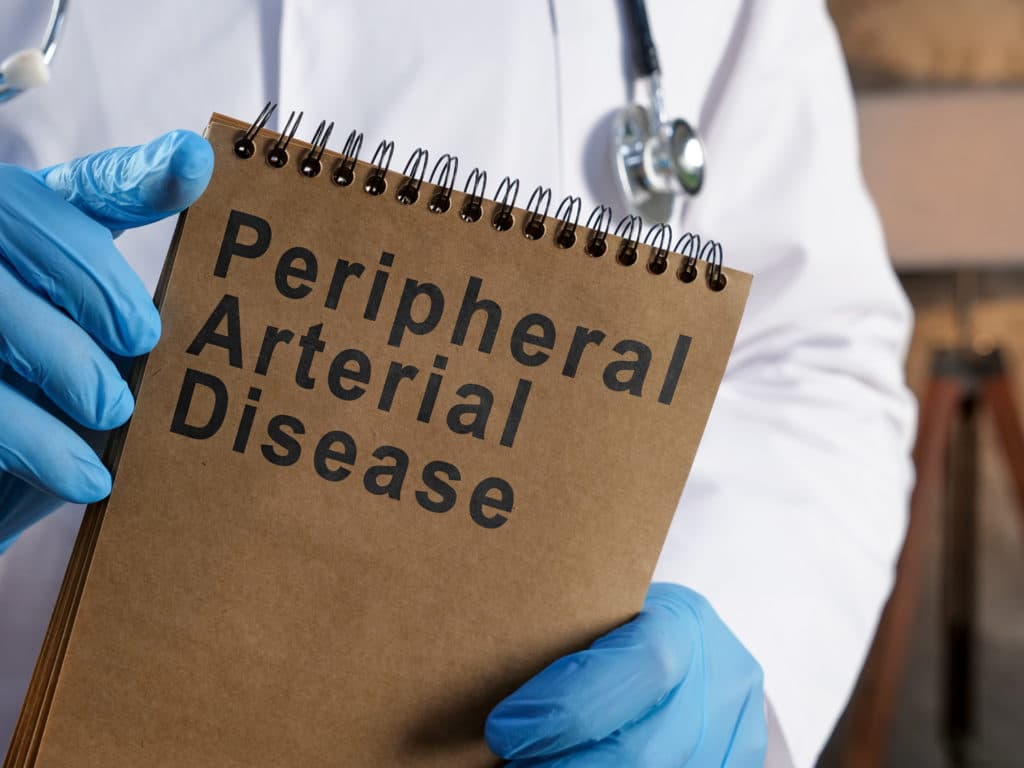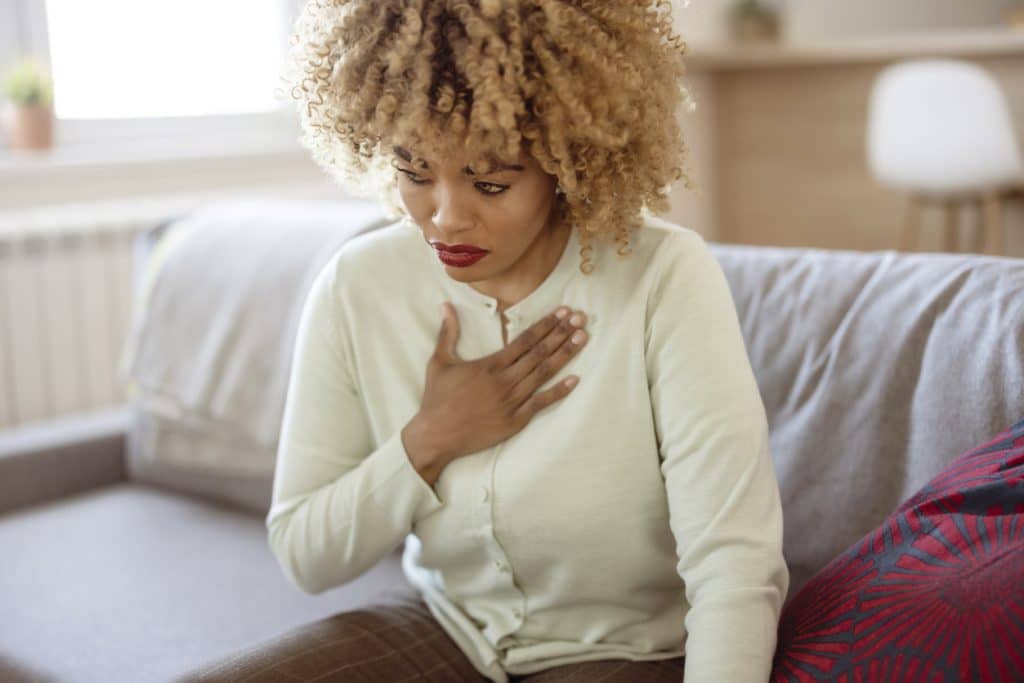The vascular or circulatory system is a network of blood vessels that carry blood to and from the heart. Any disease that impact this system falls under the category of Vascular Diseases. These diseases can range from veins, arteries, and vessels. Those disorders which ultimately affects blood flows. Typically when individuals are talking about vascular disease, they are referring to PAD. More than 8.5 million people in the US are found to be patients of Peripheral Arterial Disease – PAD. It basically refers to the diseases of the blood vessels located outside the brain and heart. This is due to a build-up of fatty deposits in the arteries. It inhibits blood flow to the legs, arms, stomach, kidneys. This happens due to blood vessels being narrowed down because of PAD. Heart attack and stroke are the major risks involved in such disease.
Atherectomy treatment
Atherosclerosis is one of the most common causes of PAD. Atherectomy treatment is minimally invasive endovascular surgery. It is the best medical technique for removing atherosclerosis from the blood vessels within the patient’s body. Some of the vascular disease conditions can be managed medically. While others may require the minimally invasive catheter-based procedure. Atherectomy treatment involves a
catheter with a sharp blade on the end to remove plaque accumulated in the blood vessels. The catheter goes into the artery through a small puncture in the artery. The process can be repeated to eliminate a blockage from atherosclerotic disease. This treatment is especially beneficial where blockages in arteries occur around branches or in vessels and cannot be easily treated with stents.

In diagnosing Peripheral arterial disease some symptoms include leg weakness, brittle toenails, legs skin turning pale or bluish. Also, hair loss on feet or legs, ulcers on the legs are additional symptoms. The most common tests conducted to detect PAD are blood tests, ultrasound scan, or Magnetic Resonance Angiography (MRA). However, an angiography or ankle-brachial index may also be used. The treatments usually prescribed are a reduction in smoking, intake of fruits and vegetables, and supervised exercise training.
Vein reflux diseases can be categorized into 2 areas. Venous insufficiency (VI) reflux and venous-occlusive disease are the two categories. In the condition of venous insufficiency, the valves in the leg veins are affected. This makes blood returning to the heart difficult. The pooling of blood in the veins due to VI refers to as stasis.
Superficial Venous Reflux Disease
The is the most common type of vascular disease found and treated is superficial venous reflux disease (SVR). In more than 50% of cases, SVR can is in the form of spider veins or reticular veins. In 25% of patients, the disease can progress to visible veins, ulcers, and skin color changes.
The causes of developing Vein reflux diseases can be excessive standing or sitting. Family history, pregnancy, lifestyle, and obesity may also play a role. The disease symptoms include swelling of the ankles or legs, leg cramps, thick leg skin, and fatigue. The treatment will vary from person to person.
Treatments can involve medications like pentoxifylline, diuretics. Home remedies like exfoliating dead skin cells, applying topical ointments, wearing special elastic stockings or elevating the legs may work as well. Non-surgical procedures like laser therapy, Ablation, Sclerotherapy, and Phlebectomy are also beneficial.




